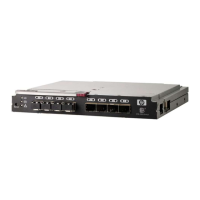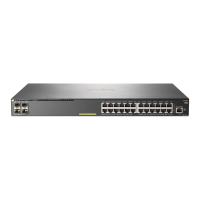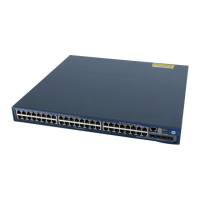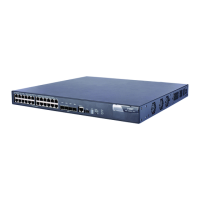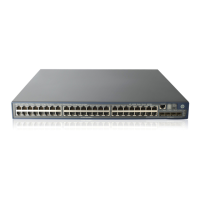What to do if the HP Switch security certificate has expired?
- EEmily MoyerJul 29, 2025
If the security certificate has expired or is not yet valid, it could mean that the certificate file is corrupted or needs to be updated. Click View Certificate to verify the certificate content. If it is corrupted or out of date, obtain and install a new certificate.
